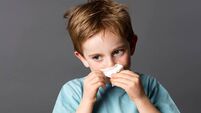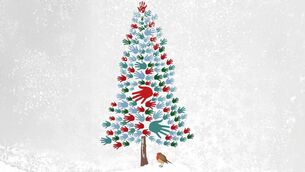New programme aims to increase eating disorder awareness in teens
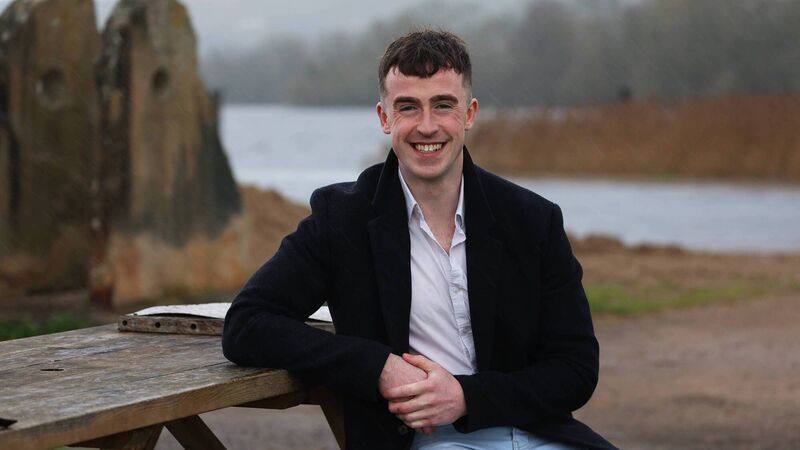
Conor Nolan: "I wanted to get my health back, my life back. The penny dropped: The power was in my hands. If I could get the weight back on, I’d get my life back. It was a great turning point." Picture: Lorraine Teevan.
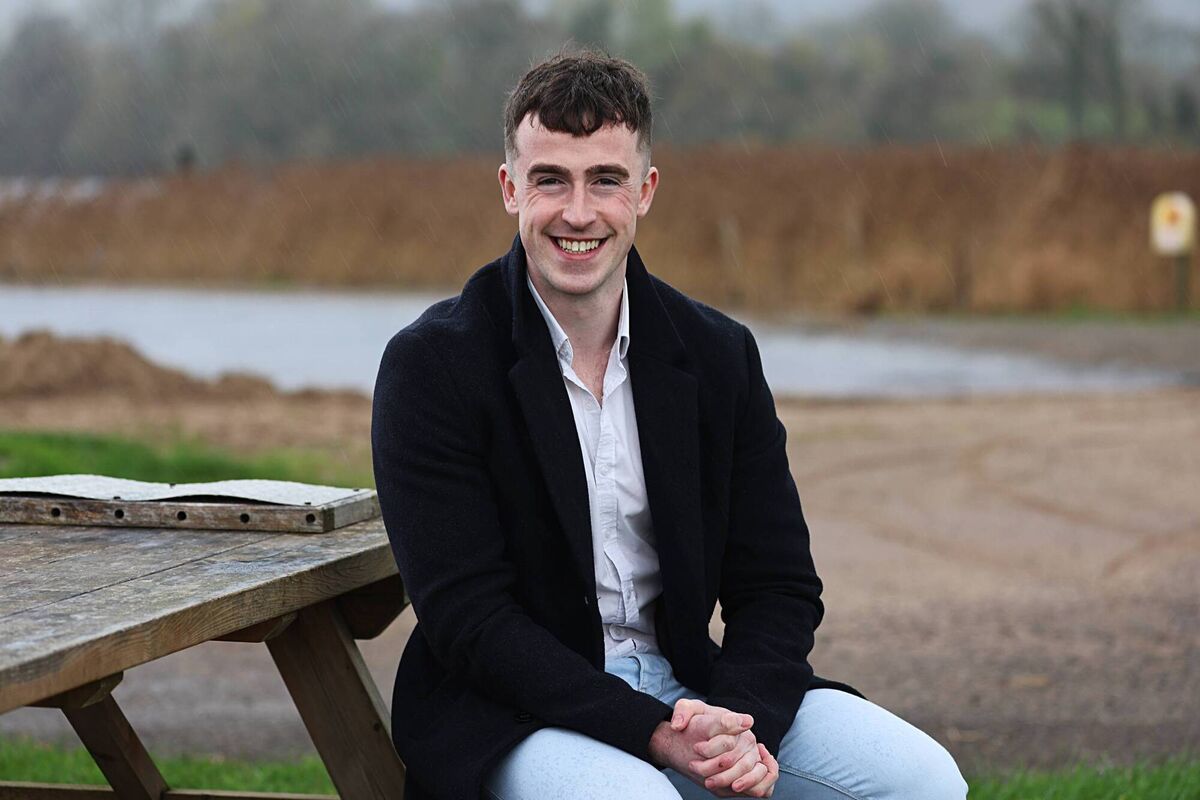

- Reluctance to eat certain foods, refusing previously enjoyed foods, being uncomfortable at mealtimes, deciding to be vegan or vegetarian to have more control over what they eat, skipping meals, and saying they’ve eaten elsewhere but not eating at home.
- Over-exercising or exercising in unusual ways, for example, in the late evening.
- Showing a lot of anxiety or guilt around food, weight, and exercise. These issues are playing a lot on their mind. The young person doesn’t seem to be themselves or in good form.
- Physical changes, such as being tired, lethargic, or cold.
- Personality changes — there’s a marked difference. For example, isolating from friends or not engaging with their normal social life, being very quiet and non-communicative, being anxious and upset, or hyper-focusing on schoolwork.
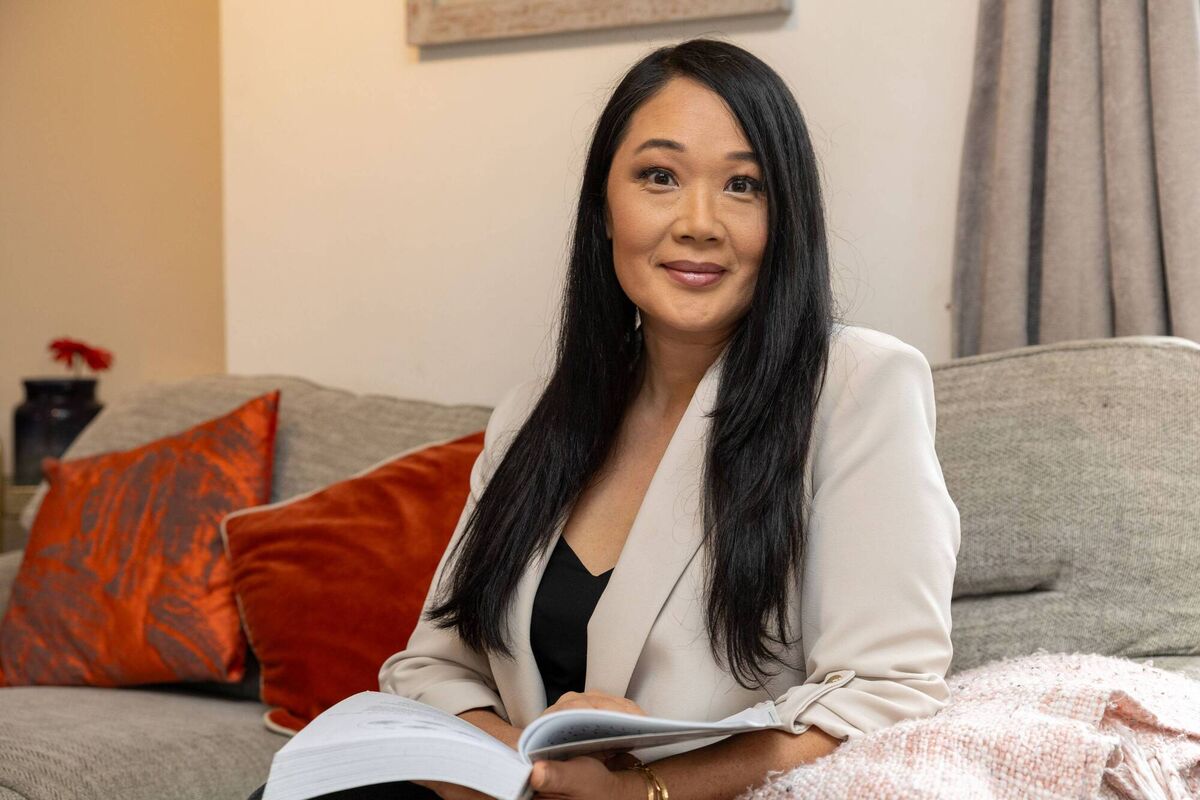
Visit bodywhysbodyimage.ie/resources-and-support and bodywhysbodyimage.ie. for more information.



